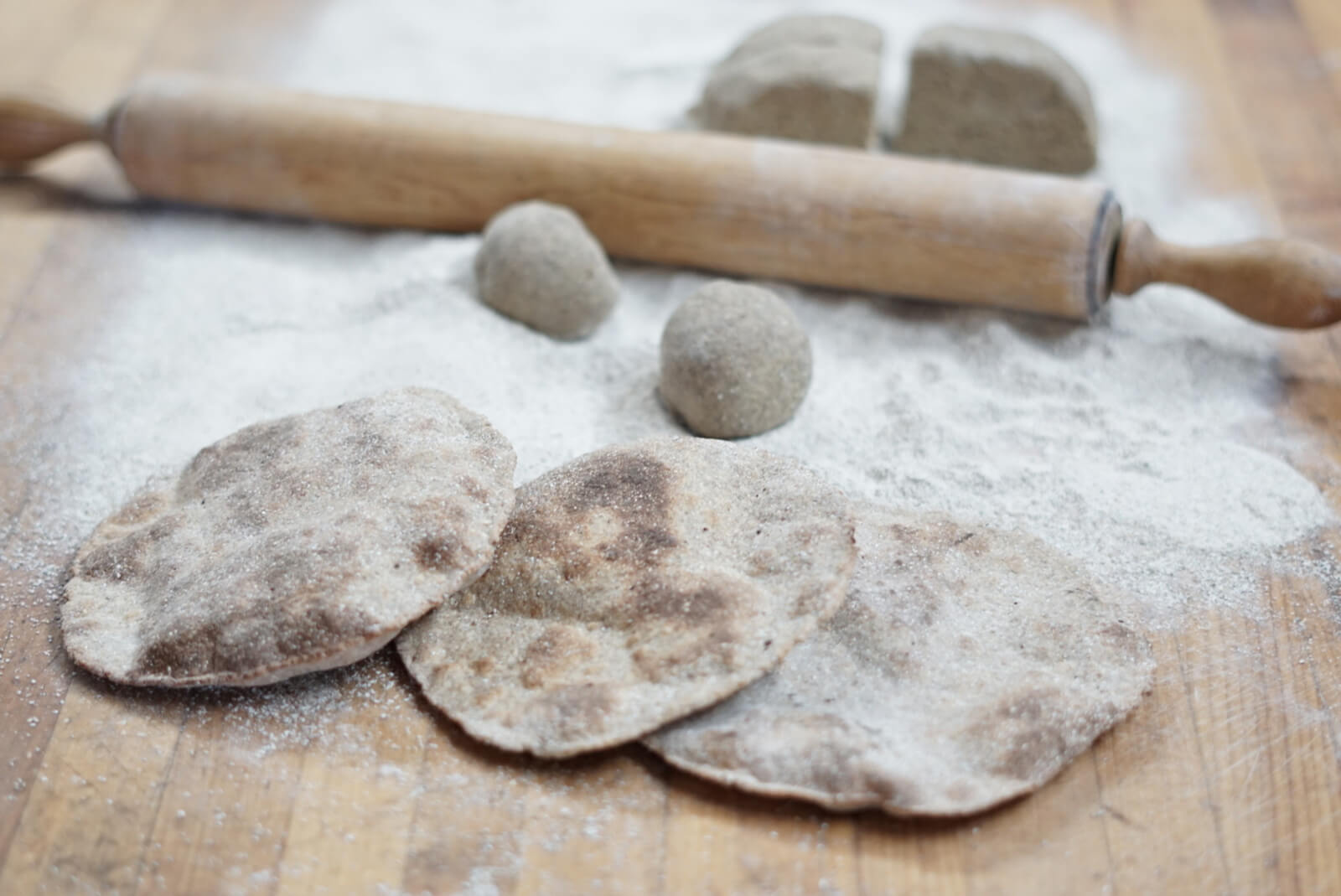Nordic Breads
If you were asked to name a food source that has been at the heart of human civilization since the very beginning, an obvious answer would be flour.
Flour is made by grounding up any number of cereal grains or even the roots of certain plants. Archaeologists have come across grounded grain flour in some of the earlier human settlements and research points to grain based porridges as some of the first potential human “recipes.”
As civilization evolved, grains moved from basic porridges to baked bread products.
In the Nordic region, bread quickly became a main food staple and it is estimated that before the Industrial Revolution, most people in the Nordic region would consume 1-2 lbs (½ - 1 kg) of bread per day.
Most of this bread was barley or rye based, as both grains grow well in the cold Nordic climates. However, it was often difficult for communities to produce enough rye or barley to meet all their needs and as such, many Nordic breads are rather a mix of one of these two main grains and a secondary flour product.
Ancient breads from Sweden and Norway, found and analyzed in old Viking graves, have been found to contain mixes of linseed, oats, sprouted pea flour, spelt, wheat, and even pine bark flour. While wheat, especially finely sieved wheat was reserved for the wealthy, pine bark flour became a vital filler in times of famine for the region’s poorest.
The dominance of bread in the Nordic region relied heavily on bread’s ability to be stored easily for winter. Many bread recipes in the Nordic can be baked and stored for months just sitting on a shelf in a dry, dark cellar.
In fact, as you move through the Nordic, you will see the bread recipes change based on how long the bread was expected to be stored for.
In the most Southern regions, soft rye bread recipes are more common. These types of bread recipes were baked often and eaten fresh where climates were milder.
In the mid regions, you will find more dried rye bread, appropriate for storing for winter. In the very northern reaches of the Nordic, the bread becomes very thin and flatbreads are the dominate bread choice.
While bread has been a main food staple of most Nordic countries for hundreds, if not thousands of years, Iceland, due to the harsh growing conditions, was set apart and never had such a strong reliance on bread. That being said, a main staple in Iceland for most of its history has been a simple sandwich - though instead of bread you will find dried fish and butter as the base layers.
Not only can you track the importance of bread throughout Nordic history, you can also see the integration of trade and new products into the Nordic through the region’s bread recipes.
While the most ancient recipes would sometimes incorporate simple honey or toasted stinging nettles for spice, bread recipes in later generations used any number of newly imported spices from cloves to cardamom to cinnamon and aniseed.
Today, sweet breads and pastries have become not only a food staple but a cultural symbol in many Nordic communities. Bakeries seem to be found on nearly every corner and afternoon fika breaks, where coffee and pastries are shared with friends, are almost mandatory.
Choosing just one bread recipe from the Nordic is quite difficult.
We have chosen to share a very standardized flatbread recipe. Flatbread is made throughout the Nordic region but recipe ingredients and methods can vary widely.

Nordic Flatbread
Flatbread is a common Nordic staple though each region will have a slightly different version
5 1⁄2 cups (750g) flour (any combination of rye, barley, or other flour of choice)
4 cups (500g) white flour
4 cups (1L) milk
4 tablespoons (15ml) lemon juice
1⁄2 tablespoon salt
Spices/herbs/sweetener of your choice (aniseed, fennel seed, syrup)
Sour the milk by combining the lemon juice with the milk and allowing the mixture to sit for 5 minutes. If you are adding extra spices, herbs, or sweeteners, combine with the milk first and heat in a saucepan before adding the lemon juice.
Combine the dry ingredients and fold in the milk. Let the dough stand for a few minutes. It should be sticky and loose.
Separate the dough into palm sized balls and roll out individually into very thin sheets. Bake in a pizza oven or on a preheated baking sheet in a very hot (500°F/250°C) oven until golden brown. Cool on a wire rack.
*This is a very generic flatbread recipe. Try mixing up the recipe by trying different flours (oat, barley, pea, or potato), spices/herbs (aniseed, fennel seed, coriander seed), or a sweetener (sugar, syrup). Some recipes also use yeast for a lighter, softer texture.
-
Nordic
|
Vegetarian